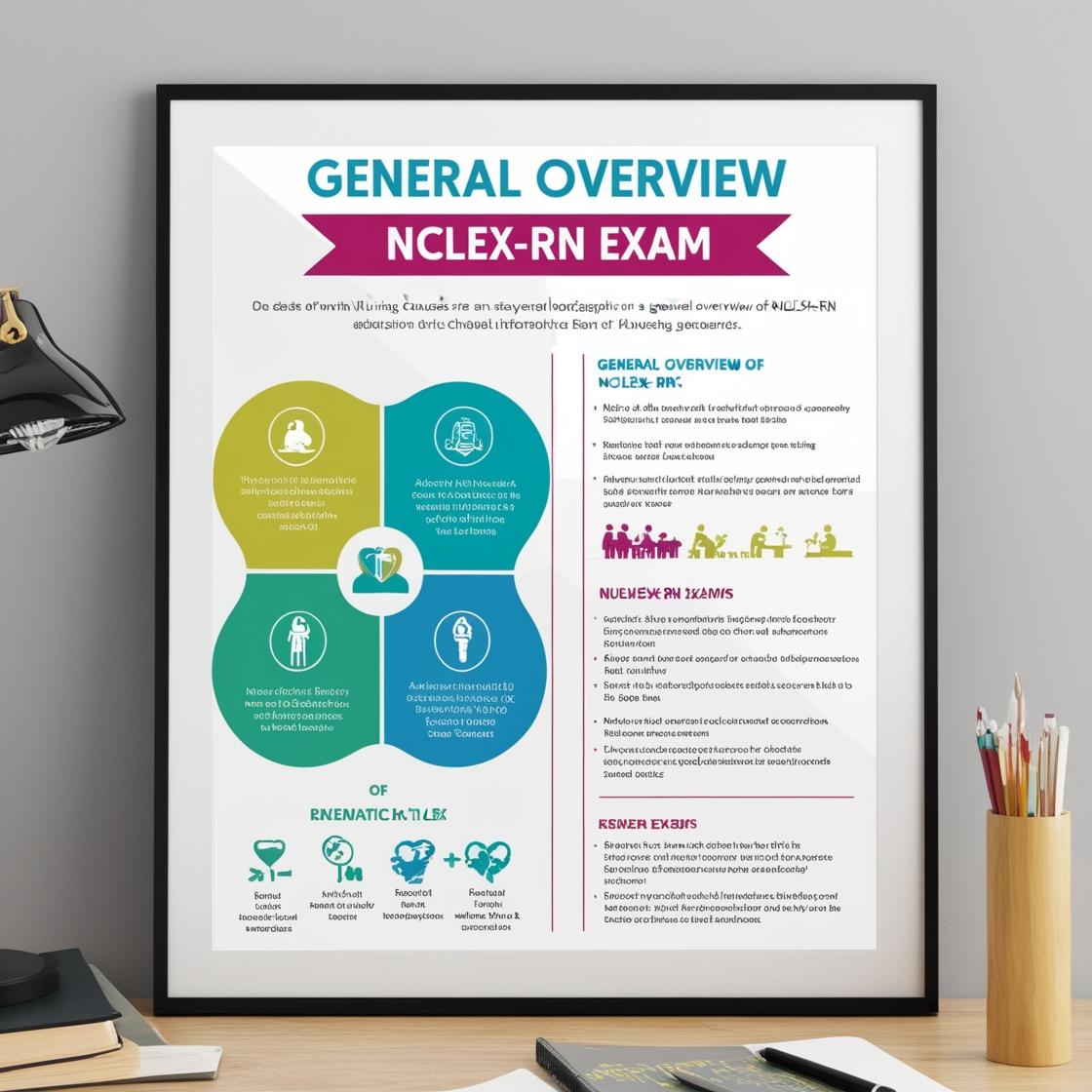NCLEX-RN
Psychosocial Integrity NCLEX PN Questions
1. An older woman has lived alone since the death of her husband 10 years ago, and she has a long list of vague complaints. Which assessment is the priority for the home health nurse to perform?
- A. Assess for feelings of loneliness and isolation.
- B. Determine if the client has unresolved grief.
- C. Determine if there are safety issues.
- D. Ask about the availability of support systems.
Correct answer: C
Rationale: The priority assessment for the home health nurse in this scenario is to determine if there are safety issues. The client is an older woman living alone with a long list of vague complaints, indicating several risk factors. Ensuring her safety should be the primary concern. While assessing for feelings of loneliness, isolation, or grief is important, ensuring the client's safety takes precedence due to her vulnerable situation. Although assessing the availability of support systems is essential in a home health assessment, safety issues must be addressed first given the client's profile.
2. The client admitted for uncontrolled diabetes is worried about how to pay bills for the family while hospitalized. Which statement by the nurse is therapeutic?
- A. "You are worried about paying your bills?"
- B. "Don't worry; your bills will get paid eventually."
- C. "When was the last time you were admitted for hyperglycemia?"
- D. "You really shouldn't be drinking alcohol because of your diagnosis of diabetes."
Correct answer: A
Rationale: The therapeutic communication technique used in this scenario is reflection. By repeating the client's concern, the nurse acknowledges the client's feelings and encourages further exploration of the topic. Choice A is correct as it reflects the client's worry without offering false assurance, advice, or using professional jargon. Choice B dismisses the client's concerns with false reassurance. Choice C introduces professional jargon, which may hinder effective communication. Choice D provides advice, which can limit the client's expression of feelings and concerns.
3. A client who has multiple sclerosis is admitted to the hospital with increasingly frequent and severe exacerbations. One day, the client's partner confides to the nurse, 'Life is getting very hard and depressing, and I am upset with myself for thinking about a nursing home.' After listening to the partner's concerns, which response would the nurse make?
- A. 'Joining a support group of people who are coping with this situation may be helpful.'
- B. 'You may be able to decrease your feelings of guilt by seeking counseling.'
- C. 'It would be helpful if you became involved in volunteer work at this time.'
- D. 'I recognize it's hard to deal with, but try to remember that this, too, shall pass.'
Correct answer: A
Rationale: Joining a support group of individuals facing similar circumstances can provide valuable support and the opportunity to share experiences, making it the most appropriate response. The response suggesting counseling to decrease feelings of guilt is premature because the partner did not directly express guilt and it may not be the most immediate need. Suggesting involvement in volunteer work at this time fails to address the partner's current emotional distress and may come across as dismissive. Offering false reassurance by stating 'this, too, shall pass' does not validate the partner's feelings and minimizes the seriousness of their concerns.
4. During the beginning phase of a therapeutic relationship, why is a clear understanding of participants' roles important?
- A. Understanding what will be discussed
- B. Knowing that the nurse is trying to be helpful
- C. Knowing what to expect from the relationship
- D. Preparing for termination of the relationship
Correct answer: C
Rationale: During the initial stages of a therapeutic relationship, having a clear understanding of participants' roles is crucial as it helps in defining the structure and boundaries of the relationship. This clarity assists in setting expectations and establishing a framework for interaction, allowing the client to focus on the therapeutic process rather than on uncertainties regarding their role or the nurse's role. Option A, understanding what will be discussed, is important but not directly related to defining roles. Option B, knowing that the nurse is trying to be helpful, is about the intent of the nurse rather than the roles of the participants. Option D, preparing for termination of the relationship, is premature in the beginning phase and not directly related to understanding roles.
5. After being medicated for anxiety, the client says to the nurse, 'I guess you are too busy to stay with me.' Which response by the nurse is correct?
- A. I'm so sorry, but I need to see other clients.'
- B. 'I have to go now, but I will come back in 10 minutes.'
- C. You'll be able to rest after the medicine starts working.'
- D. You'll feel better after I've made you more comfortable.'
Correct answer: B
Rationale: The nurse should respond with empathy and reassurance to address the client's emotional needs. The correct response, 'I have to go now, but I will come back in 10 minutes,' acknowledges the client's feelings while providing a timeframe for the nurse's return, showing care and concern. Choice A, 'I'm so sorry, but I need to see other clients,' prioritizes other tasks over the client's emotional needs, which can increase anxiety. Choice C, 'You'll be able to rest after the medicine starts working,' offers false reassurance and does not address the client's immediate emotional distress. Choice D, 'You'll feel better after I've made you more comfortable,' does not acknowledge the client's concerns and fails to establish a supportive connection with the client.
Similar Questions

Access More Features
NCLEX RN Basic
$69.99/ 30 days
- 5,000 Questions with answers
- Comprehensive NCLEX coverage
- 30 days access @ $69.99
NCLEX RN Premium
$149.99/ 90 days
- 5,000 Questions with answers
- Comprehensive NCLEX coverage
- 30 days access @ $149.99
